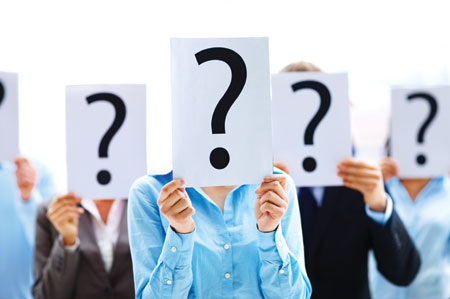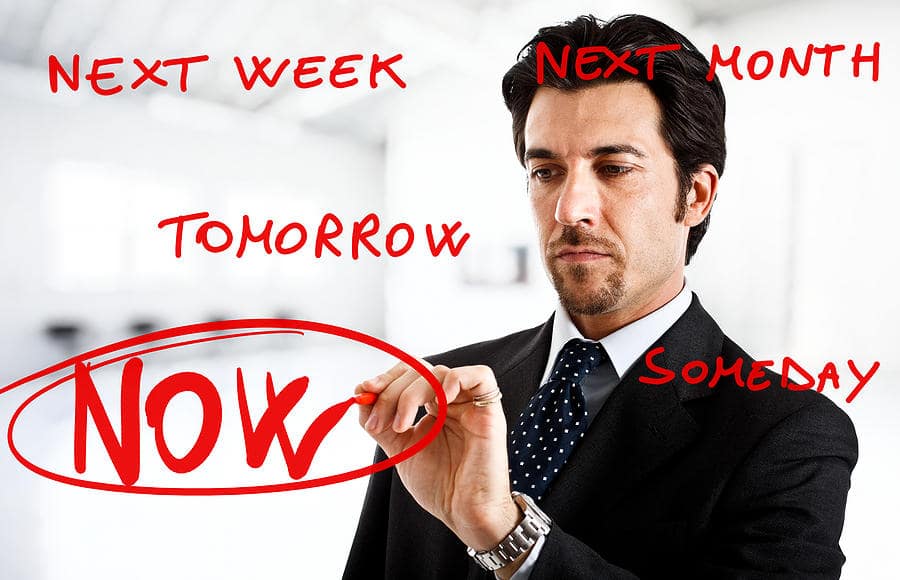Sensors, sensors, everywhere sensors. In our clothes, our shoes, air conditioners, cars, diapers and beds. And what are all these sensors doing? They’re collecting and analyzing data of course – billions of discrete pieces of information every picosecond of every day so we can, a) make informed decisions and, b) automate all of the things connected by the IoT (Internet of Things). Soon sensors embedded in my pajamas will determine I’m dehydrated from having a little too much fun the night before, then send a message to the 3-D food printer in my kitchen to make a drink designed to replenish my electrolytes. Sensors will also heat my house the minute my car heads for home and tell me when my 16-year old is driving over the speed limit.
Sound far-fetched? It shouldn’t.
Recently, Senior Editor of Wired Magazine, Bill Wasik, reported, “A new device revolution is at hand: just as mobile phones and tablets displaced the once-dominant PC, Â wearable devices are poised to push smartphones aside.” In truth, the U.S. sensor market is expected to surpass $15 billion in 2016, causing On World to forecast that by 2017, global shipments of wearable, implantable, and mobile health and fitness devices will be up 552% from 2012.
Welcome to SensorWorld.
Now sensors and data analytics are preparing to go where ‘no man has gone before.’ Tackling an activity we spend a third of our lives ignoring: sleep! Why sleep? The National Sleep Foundation reports that 43% of Americans rarely get a good night’s sleep, and 60% experience a sleep problem almost every night. A recent Gallup poll revealed that since 1942, the amount of sleep we get has decreased roughly a half an hour per night and continues to trend downward. And the Center for Disease Prevention and Control (CDC) claims over 9 million Americans currently rely on a pharmaceutical to fall asleep.
According to technology pioneer, and inventor of the world’s first camera phone, Philippe Kahn, our growing problem with sleep began during the Industrial Revolution when “the mythical eight-hour sleep night” was fabricated to extract longer hours from factory workers. “Before the Industrial Revolution,” Kahn explained, “people were mostly sleeping in two shifts⦠nobody was really sleeping eight hours straight.” He continued, “The concept that we have to sleep in uninterrupted ways all the time, in a perfectly quiet environment, in a perfectly dark room⦠to me is a misconception and something that is misleading people to understand how to optimize their sleep.”
Kahn stumbled on the idea of “budgeting” sleep on a record-setting, two-man Transpacific sailing trip in 2009. With a two-person crew, each person is allowed to sleep for only brief periods of time. So Kahn decided to use his sailboat as a laboratory to determine the amount of sleep that produced the highest levels of alertness and energy. He discovered that number was twenty-six minutes. From that point on Kahn began modeling his sleep after his dog â short periods of deep rest with the ability to wake at a moment’s notice in a high state of “readiness,” and then quickly return to a deep sleep. Kahn claims that from an evolutionary standpoint this is the way humans were designed to sleep â they function best when sleep is “budgeted” for, and “optimized,” in the same way we do investment planning – only when it comes to sleep, returns are measured in terms of health and productivity.
Enter Kahn’s latest breakthrough in sensor and data analytics technology: the Smart Bed. The Smart Bed replaces the traditional “box-spring” with a sensor-based unit designed to monitor movement, body temperature and other metrics so we can optimize when and how much we sleep. The Smart Bed and Sleep Tracker was developed by Kahn’s company Fullpower â an enterprise focused on precise, non-invasive data monitoring and analysis. According to Kahn, sleep was a logical application for his company because of the number of hours humans spend sleeping, the mythology surrounding the need for a continuous eight-hour rest, and his personal revelations while sailing. Kahn observes, “Sleep is a bit like the deep ocean. We know it is there but we don’t understand it well. Modern science doesn’t understand sleep very well because it is very difficult to monitor sleep in a non-invasive way.” With the new Smart Bed, Kahn is poised to revolutionize the way humans rest and the effect this will have on efficiency, output, health and ultimately, longevity.
While Fullpower is pushing the frontiers of sleep technology, other companies are leveraging sensor and data analytics technologies to optimize other areas. Pixie Scientific is embedding sensors into “smart diapers” that will allow diseases, dehydration and nutritional deficiencies to be detected in diapers. Intel’s new Smart Band tracks, monitors and analyzes the tremor patterns of Parkinson’s patients, and a new generation of smart pills and monitoring patches from Proteus are in the works. Peter Reinhart, Director of the Institute for Applied Life Sciences for the University of Massachusetts recently revealed that sensor technologies would soon shift from diagnosis to treatment, “As we get better and better at this, we’re going to find that new therapeutic options are going to be open to us. Identifying an Alzheimer’s patient at the [observable] behavioral point, when 70 percent of the brain mass has already disappeared, really limits the number of therapeutic options you can provide that patient. If you could identify someone like that seven or eight years earlier, it now opens up a very different array of intervention strategies.”
But, as Kahn points out, collecting and translating data is only half the story. The other half is connecting to devices, which will be automatically instructed by the analyzed data. Google’s Nest offers a home app that uses sensors, analytics and the internet to connect everything from your thermostat to your fire alarms and home security system. Apple has launched a similar IoT application called HomeKit.  According to Kahn, the Smart Bed will have the ability to turn your bedroom thermostat down when your body is at rest and turn the heat back up when the bed senses you are waking. It will lift the shades in your bedroom, signal the hot water heater to ready the shower, and the coffee machine to prepare your coffee just the way you like it. And if that sounds like the stuff of science fiction, look again. Theo Priestly, technology strategist and Forbes contributor claims the IoT will be comprised of 50 billion interconnected devices before 2020 â representing a whopping $19 trillion market. Fitbit, smart watches, smart clothing, diapers and beds are just the beginning. Within the next five years, sensors will monitor, customize and automate everything.
Are you ready for SensorWorld?






